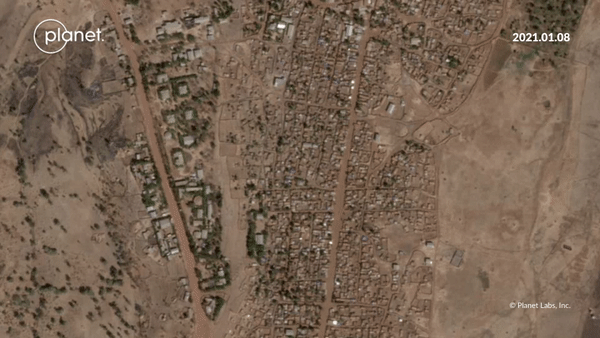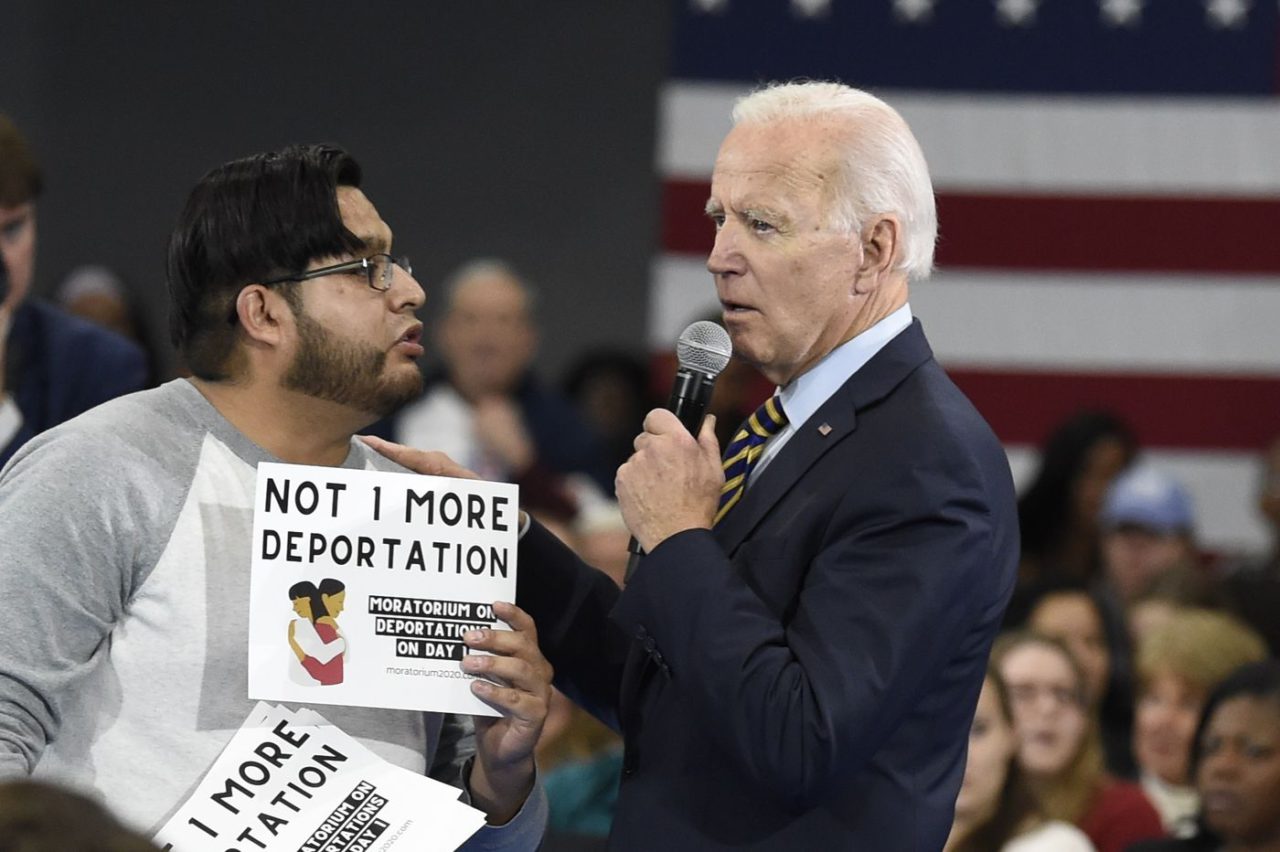Before the start of intense armed conflict in Tigray, the state was home to approximately 5 million people. Of those 5 million people, approximately 100,000 were Eritrean refugees. Since then, more than 60,000 people have fled the region and taken refuge in neighboring country Sudan.
According to reports from a trio of Ethiopian opposition parties, the conflict has led to the death of more than 50,000 innocent civilians in what has become a genocide in Tigray. There have also been many reports of weaponized rape committed by soldiers and militias from both the Eritrean and Ethiopian forces. All in all, close to 4.5 million people are in need of emergency assistance, many of whom will not have a home to return to.
Destruction of Hitsat and Simelba
During the conflict, it was reported that both Hitsat and Shimelba refugee camps were attacked and destroyed. The Shimelba camp is one of four that hosted 96,000 refugees from nearby Eritrea when fighting erupted. The following are satellite images of the Shimelba refugee camp taken from planet.com comparing images from January 8, 2021 and January 16, 2021, before and after the attacks.

Chris Melzer of the UN refugee agency reported the satellite images show “smoldering ruins, blackening of structures and collapsed roofs.” The structures, it said, “match the profile of mud-brick dwellings constructed by the refugees themselves. The attackers likely split into multiple groups going door to door to set fires inside buildings,” consistent with previous attacks on the Hitsats camp, which also is inaccessible.
Since the attacks on these two camps, as many as 20,000, mostly Eritrean, refugees have been reported missing. With the attacks on these camps and the ongoing conflict, many more refugees will likely seek asylum in other countries as their homes or camps may never return.
Biden’s Promises

With the U.S.’s presidential transition from Donald Trump to Joe Biden, the assumption was Biden’s administration would be a “pro-immigration” party, opposite of the Trump administration. This in part is due to the promises Biden made during election campaigns, as well as a wave of executive orders and announcements promising to lift the Muslim Travel Ban (which included Eritrea in 2020) and action towards immediately pausing construction of “the wall” at the border between the US and Mexico.
Biden has also proposed a major immigration bill that would offer an eight-year pathway to citizenship to the estimated 11 million undocumented people in the country via the US Citizenship Act of 2021. As well as promising permanent protection for young migrants in the Deferred Action for Childhood Arrivals (Daca) program, known as Dreamers.
Recent Data
Our researches were able to locate a report by Mexico’s Department of the Interior showcasing the number of African immigrants at the US-Mexico border between 2014 and 2018. Many may not know but a lot of Haitain, Eritrean, Ethiopian, and other African country asylees often take the route through the US-Mexico border in order to get to the US or Canada. Almost all Eritrean asylees at the Mexico border come from Tigray refugee camps. The graph below shows data of African migrants detained in Mexico:
Our correspondents at the Tijuana border have told us that, “with the current crisis in Tigray, and the Biden administration promises, we are expecting an even greater amount of Eritrean and Ethiopian asylees at the border”. Despite the policy promises made by the Biden administration, what we are seeing on the ground is the exact same system as with Trump. Eritrean (700 in 2017), Haitian (approximately 900 in the past few weeks), and other African asylees face the brunt of deportations at the border.
The World Food Program (WFP) reported that hunger crisis in Central American countries have increased nearly four times over the past two years, mostly due to COVID-19. When you add the war in Tigray, the destruction of the refugee camps, locusts swarms destroying farms, and the impacts of COVID-19 stay-in-place orders, we can only imagine how much greater the influx of East African refugees will be over the next few months and years:
NEW: Claiming the Biden admin is adopting an "open borders" immigration policy is ridiculous. I went to Mexico last week with @L_Toczylowski and @GuerlineMJozef, where we met @eeerox and saw a growing number of refugees and asylum seekers unable to enter the United States. pic.twitter.com/A8rJeiyx5K
— Jacob Soboroff (@jacobsoboroff) March 10, 2021
How Can You Get Involved?
There are some amazing groups and individuals at the border providing legal support, financial resources, clothing, shelter, and food to asylees. Below we have listed a few that you can reach out to, partner with, and donate to if you should feel called to:
ACLU Southern California – The ACLU of Southern California is at the forefront of local, state and national efforts to protect all immigrants – citizens and non-citizens alike – from unlawful imprisonment, discrimination and law enforcement abuses, and to ensure that they are afforded their due process rights to a fair hearing and access to legal assistance in immigration proceedings.
Al Otro Lado – provides holistic legal and humanitarian support to indigent refugees, deportees, and other migrants in the US and Tijuana through a multidisciplinary, client-centered, harm reduction-based practice.
Alemayehu African Dream – (AAD) provides legal and humanitarian assistance to Ethiopians, Eritreans, and other immigrants of African descent.
Haitain Bridge Alliance – also known as “The Bridge” is a coalition of Haitian non-profit organizations and community activists who have come together to serve the Haitian community in California and beyond.



